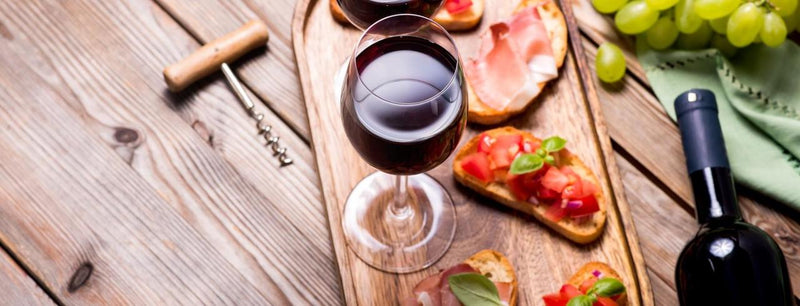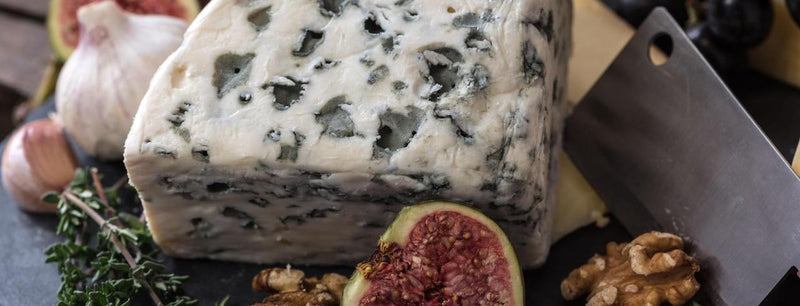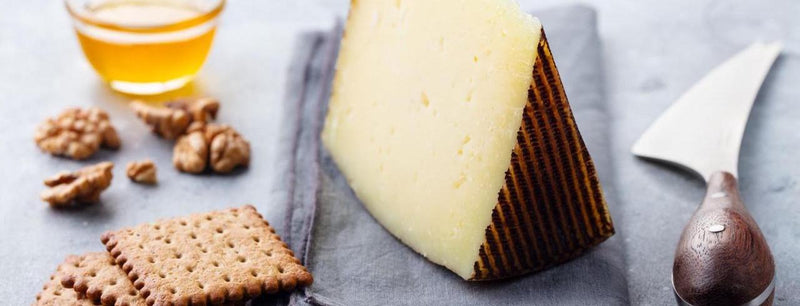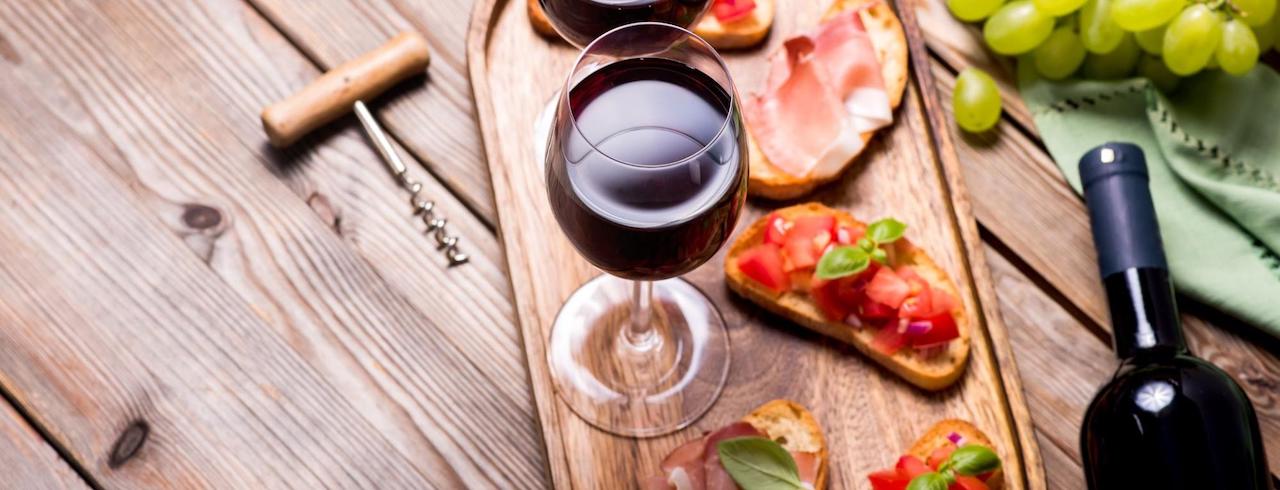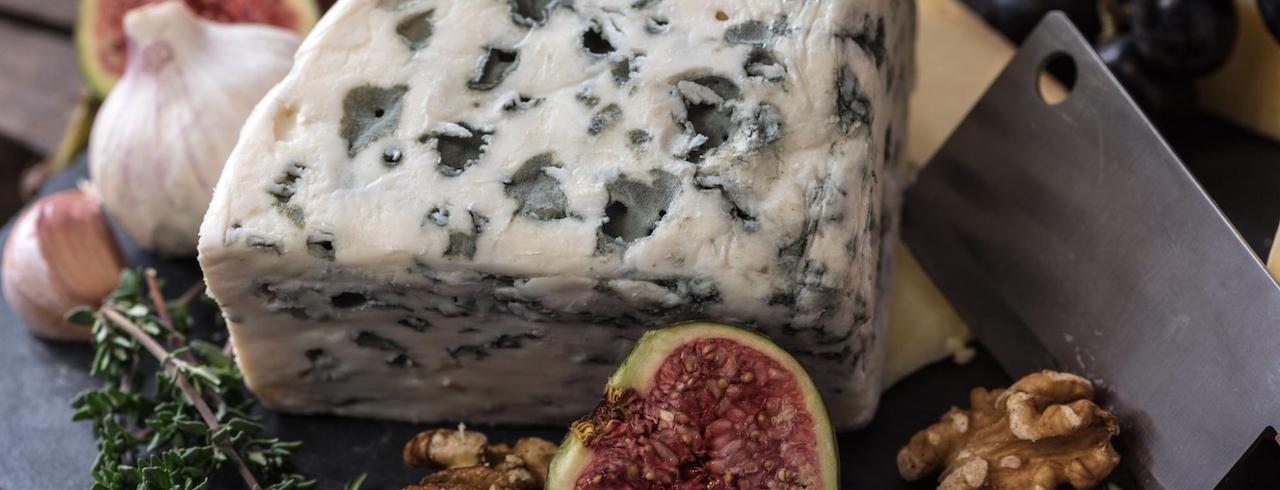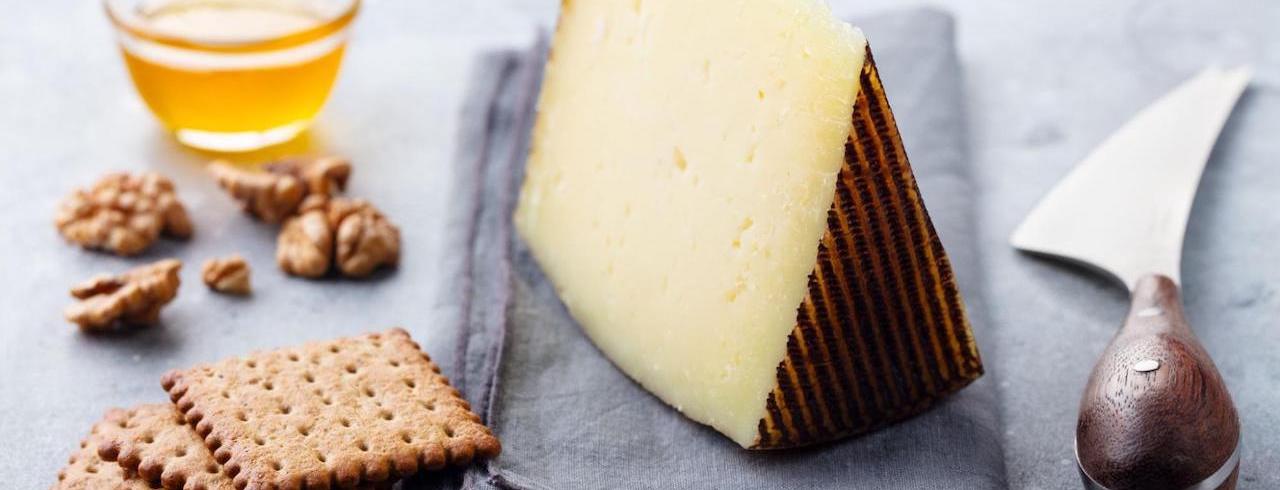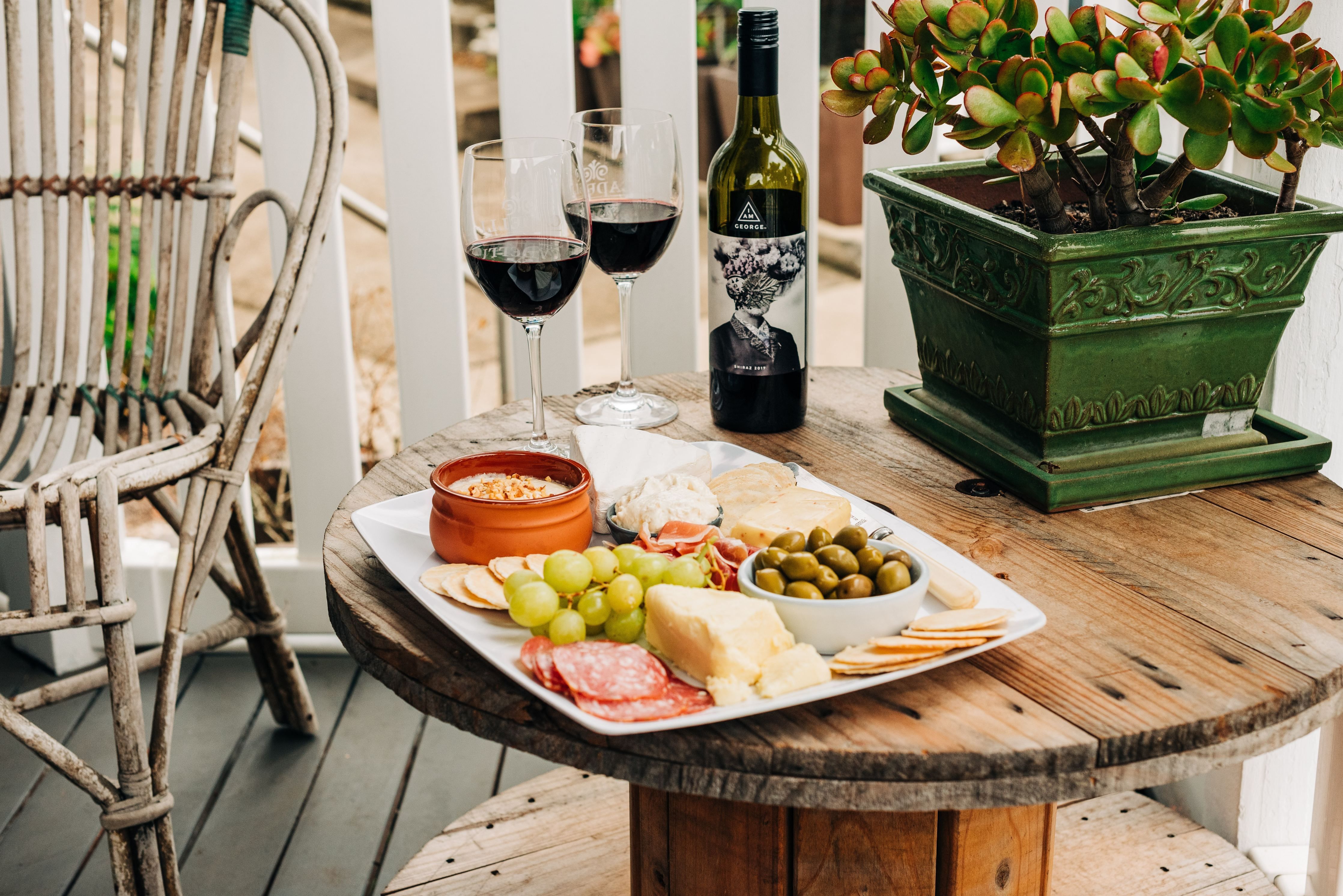
The Science Behind Food and Wine Pairing
Pairing wine with food can be an engaging, exciting, and delicious experience - if you do it right.
As we often hear about the confusion people experience when matching their favorite meals with wine, or vice versa, we think it’s time to set the record straight and help you better understand the essentials of taste, smell, and food-wine pairings.
Without further adieu, let’s dive into our guide to The Science Behind Food and Wine Pairings:
A World of Taste(s) and Smell(s)
Before we discuss matching food with wine, let’s take a second to do a brief scientific explanation of taste and smell.
Don’t worry; we’ll keep it interesting:
The Basics
The first key to understanding wine-food pairing is grasping the five primary tastes: salt, sweet, umami, bitter, and sour.
While some scientists debate whether other tastes belong on this list, the above quintet represents the only scientifically proven tastes that your tongue will identify in a given food or beverage.
The second key to pairing is appreciating that the smell of a food or drink is essential to its taste.
Though scientists are yet to lay out a set number of named aromas, a plethora of peer-reviewed research clearly shows that smell balances taste, allowing you to enjoy the many flavors of your meal fully.
Science in Action
To apply this science to a food-wine pairing, think of it this way:
Your taste buds (tongue) and olfactory bulb (nose) work in constant harmony to help your brain perceive and enjoy a taste.
Think about any time you’re sitting at a restaurant, and you get the first whiff of your meal as the waiter/waitress brings it to your table. That aroma, which stimulates your olfactory senses, sends a chain reaction of signals to your brain.
These signals alert your brain, which immediately analyzes and categorizes the smell of the meal ahead -- sending further waves of excitement throughout your mind.
As your brain begins to understand this smell, it prepares your tongue for the taste it’s soon to encounter as you take your first bite or sip; your taste buds and olfactory bulb work in perfect unison, sending signals of pleasure, disdain, ambivalence, etc. to your brain.
You can probably remember many examples of this exact process playing out in your life if you think about it:
It’s so powerful that it can actually create a positive or negative connection between a food/drink and an emotional experience, based merely on the partnership of your nose and tongue.
This pivotal bond also explains why it is important to correctly match wine with food, as an imbalanced pairing can unfairly tarnish your opinion of a specific varietal, cut of meat, etc.
The Variety of Varietals and Blends
Now that we know what controls our taste and smell, let’s focus on wine!
While it can be easy to categorize the taste and smell of wine by factors like color, year, or country of origin, in truth, there are a few key factors that control your wine’s flavor and aroma:
Tannins
Tannins are essential for giving a wine its structure and are notable for endowing it with a “drying” sensation and bitterness.
This fact often plays out in one of two ways:
You can drink a red wine, which is typically highly structured (tannic), and notice an astringent taste and a weighty texture that gives your glass some complexity.
Or, you can drink white wine, which is notably less tannic and relies more on acidity than tannins for texture, flavor, and overall experience.
Wine Insiders Note: Tannins come from grape skins. Red wines are more tannic because they are in contact with their skins during fermentation, unlike whites.
Sugars
Though it might come as a surprise, sugars are vital to winemaking.
A crucial part of the wine fermentation process is converting sugars, by yeasts, into alcohol and carbon dioxide. Without this conversion, wine as we know it wouldn’t exist.
However, what makes a wine sweet is the amount of sugar left over after this conversion process.
In dry wines with low sugar content (such as Cabernet Sauvignon), the vast majority of sugar converts into alcohol. In contrast, sweet wines (such as Grenache) retain higher levels of sugar post-fermentation.
Acids
As we mentioned before, acids are more prevalent in white wines than reds.
The primary types of acid in wine are tartaric, malic, citrus, and lactic acid, and these are present in higher quantities in white wines than red ones, which have higher tannins. Higher acidity is crucial in light wines, as it makes up for lower levels of tannins and gives the wine the stability it needs during the aging process.
Though it's slightly confusing, the taste and prominence of acidity in wine are measured using a pH scale, and lower pH scores translate to higher levels.
Most white wines have a pH level between 3.1-3.4, while most reds have a pH level between 3.5-3.8.
Alcohol
Perhaps the most apparent element of all, alcohol is the final essential wine component.
The alcohol produced during a wine’s fermentation plays a critical role in determining its weight and body. It accounts for many of the differences in texture, flavor, and experience between high and low-alcohol varietals and blends.
Generally, red wines have higher alcohol levels than whites because they are harvested later. When grapes are harvested later, they are riper, meaning more sugar for the yeast to convert into alcohol.
Simple Advice for Matching Food with Wine
There are plentiful tips for finding the perfect balance between your meal and your vino with an infinite number of food-wine pairings.
To keep things simple, here are three easy-to-follow rules for food and wine pairing:
Light Needs Light, Heavy Needs Heavy
Arguably, the essential element of a congruent pairing is a balance between the weight of your food and wine.
Like a hearty pizza, a fatty steak, or a lamb stew, heavy meals need robust, well-structured wines with the power, gravitas, and “weight” to accompany your meal successfully. Often, this means looking for fuller-bodied reds such as Cabernet Sauvignon, Malbec, or Syrah.
Conversely, lighter meals, such as grilled seafood, salad, or poultry, need delicate, light wines with a milder personality to correctly highlight the attributes of your food. Usually, this means pairing with white wines like Pinot Grigio, Sauvignon Blanc, or Riesling.
Your Protein Determines Your Wine
A critical rule of great pairing, it’s imperative that you balance your protein and your wine.
To keep things simple, here are the main proteins that usually go with red wine:
- Beef
- Pork
- Duck or Quail
- Venison
- Lamb
And here are the main proteins that usually go with white wine:
- Chicken or Turkey
- Light Seafood
Monitor Your Tannins and Acidity
The tannins and acidity of your wine can make or break your pairing.
Highly tannic wines, like reds, pair best with proteins and fats that “soften” unpleasant bitterness in tannic wines and highlight their silky texture, full body, and robust flavor. These kinds of wines pair perfectly with heavier meats or hearty meals.
Wines with high acidity, like most whites, pair best with foods that are salty, creamy, or feature high levels of acidity -- as acidity in food and wine works to “cancel” each other out. Acidic wines pair well with cheeses, foods with high sodium content (such as many Asian foods), and light seafood or salad.
A Wine for Every Meal
Now that you know the essentials of pairing wine with your meal, it’s time to take your vino game up a notch with some delicious wine of your own.
At Wine Insiders, we take pride in crafting a diverse, expansive selection of wines to pair perfectly with any meal, occasion, or celebration.
Inspired by world-renowned experts like Martha Stewart, Ludo Lefebvre, and Geoffrey Zakarian, we marry our passion for wine with years of knowledge and experience to satisfy wine newbies and experienced collectors alike.
Whether you need a crisp white for your seafood pasta or a bold red for your 4th of July steak, we have the bottles, sets, and deals you need to discover your next favorite varietal or blend at an affordable price.
For more information about wine, storage, and more - check out our full library of Wine 101 Guides!
